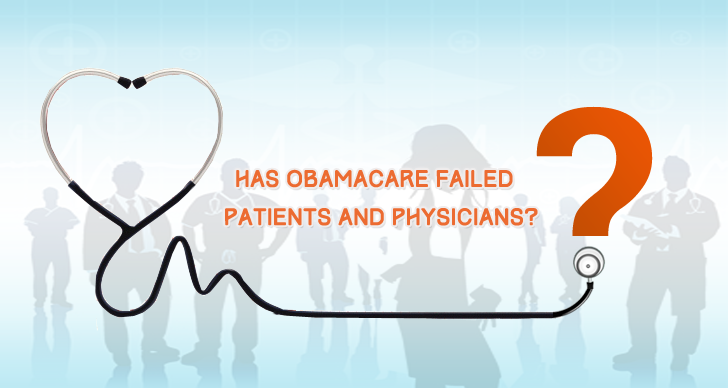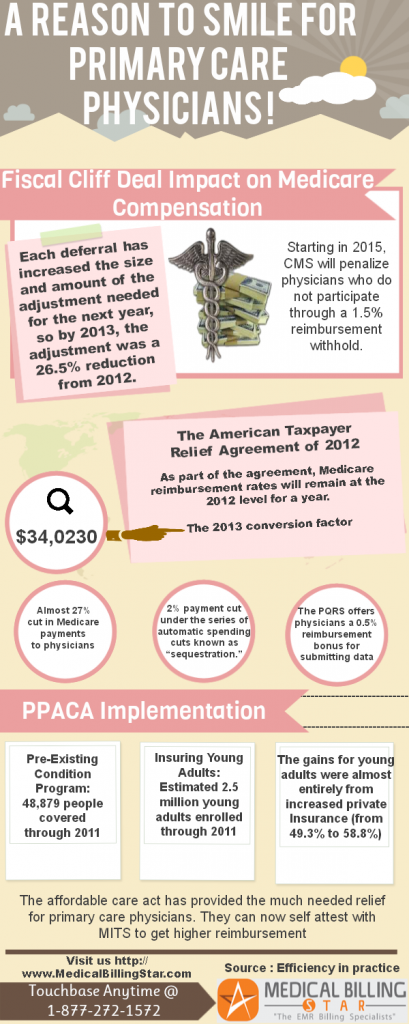Is Obamacare backing patients into a corner?
There has been a lot of controversy surrounding Obamacare ever since it was launched. It has drawn criticism from all sides. Physicians are cribbing about the tremendous amount of paperwork they have to put up with. And, the pressure to comply with, several federal regulations.
Obamacare which was hoped to improve healthcare outcomes and give the uninsured a new lease of life has been accused of not delivering its promises.
No card no service!
This is the arithmetic of the current healthcare scenario. Many patients have no idea whether they are insured or not. Several of them have walked out of hospitals, despite ailments, fearing a huge bill.
There is no way for patients to prove that they’re insured and this has led to mayhem, untreated patients and frustrated doctors. The sticker shock patients face, gives rise to one pertinent question, whether Obamacare is another failed promise?
Technology will drive healthcare costs down…
Healthcare IT has emerged as the biggest hope for the healthcare industry to cut down on costs and move towards a better model of working. Bending the cost curve isn’t easy but certain medical specialties like radiology have seen a drastic decrease in procedural expenses. From being one of the most expensive specialties, radiology has now managed to become less expensive and contain costs.
Even the skeptics have agreed that the Affordable Care Act can be a harbinger of change. Despite it’s, shortcomings, and a very worried American public.
Here is why the ACA isn’t so bad after all!
- The act has empowered patients and has aided them in choosing providers and services that better suit their requirements.
- The ACA has standardized medical billing and documentation to a large extent.
- It has provided medical practitioners the impetus to explore newer revenue and workflow models.
- Risk sharing pay systems can help physicians move away from the traditional fee for service model.
- The ACA has made the entire healthcare industry more tech-driven. This means better patient communication and care.



